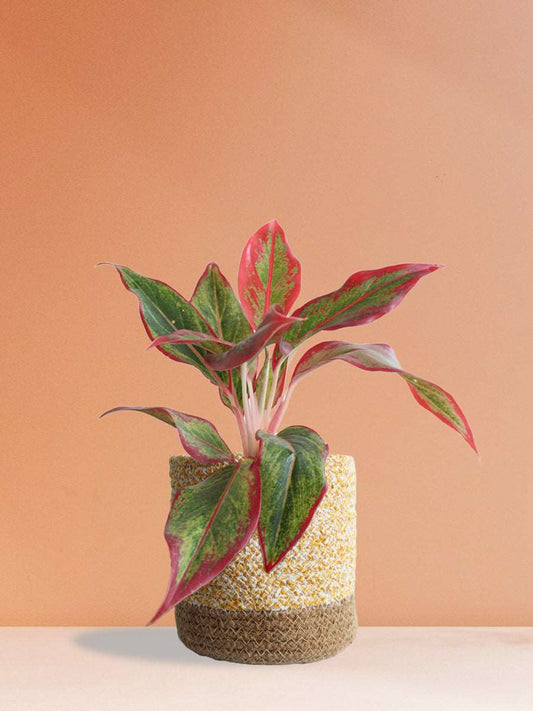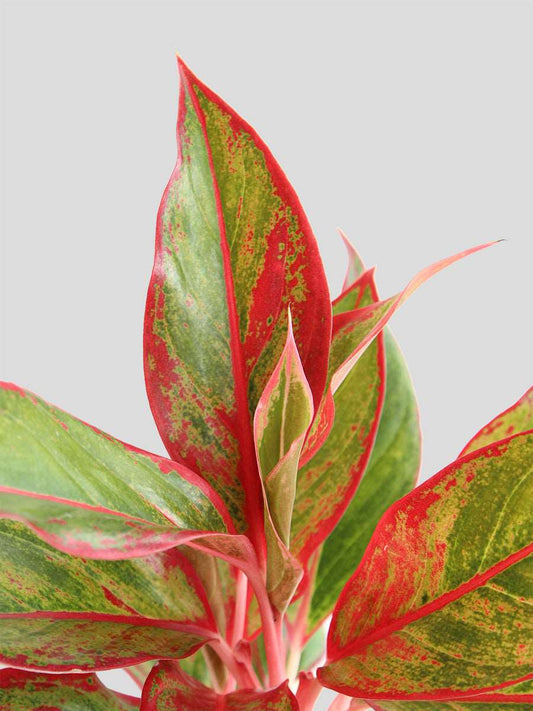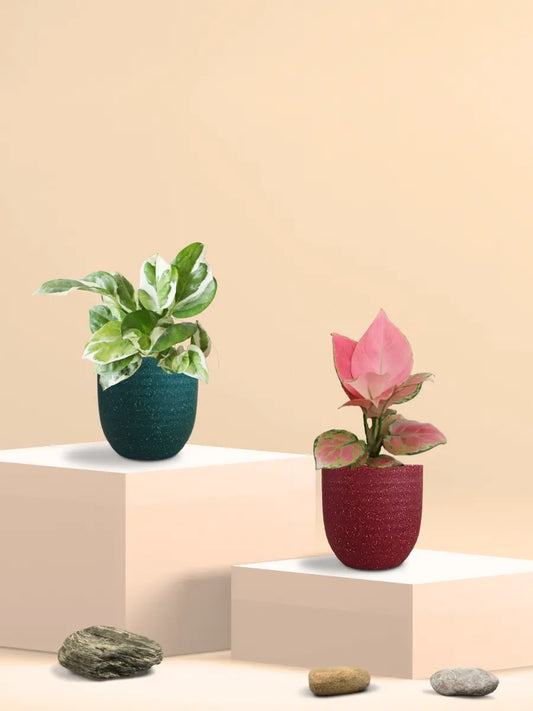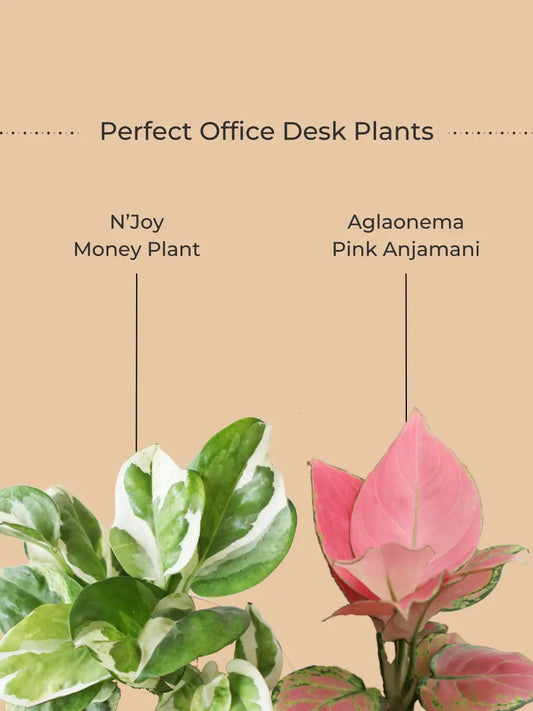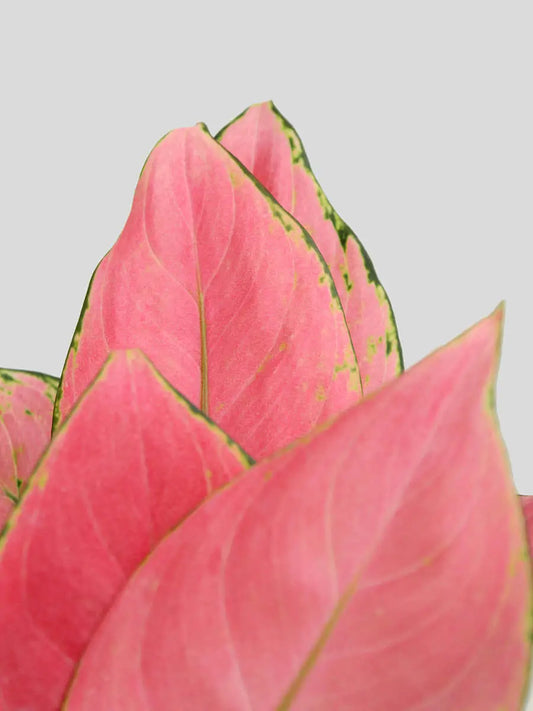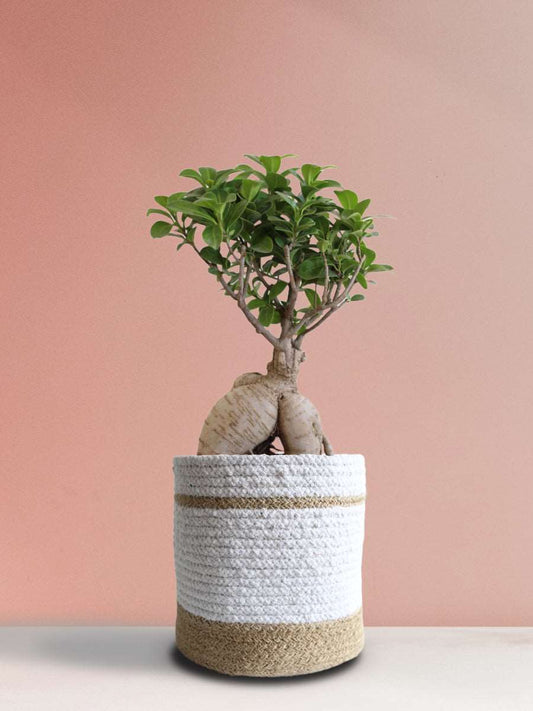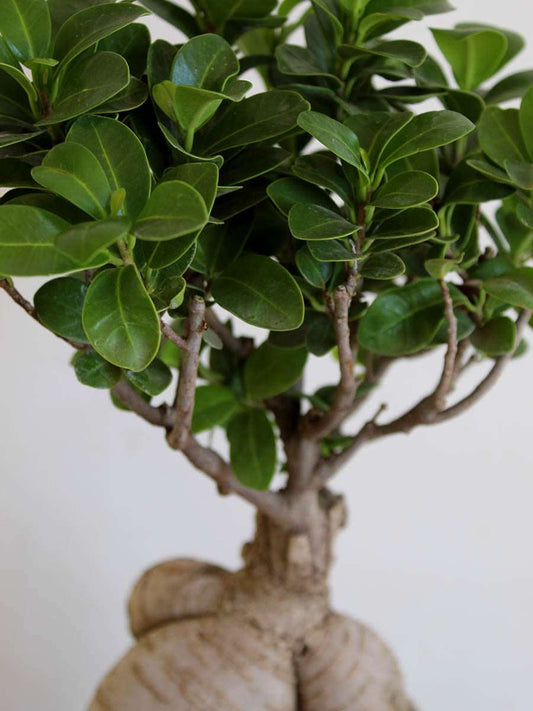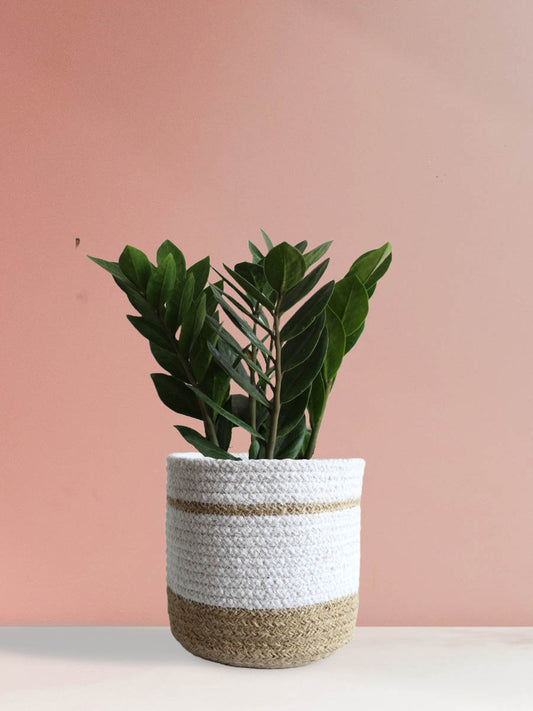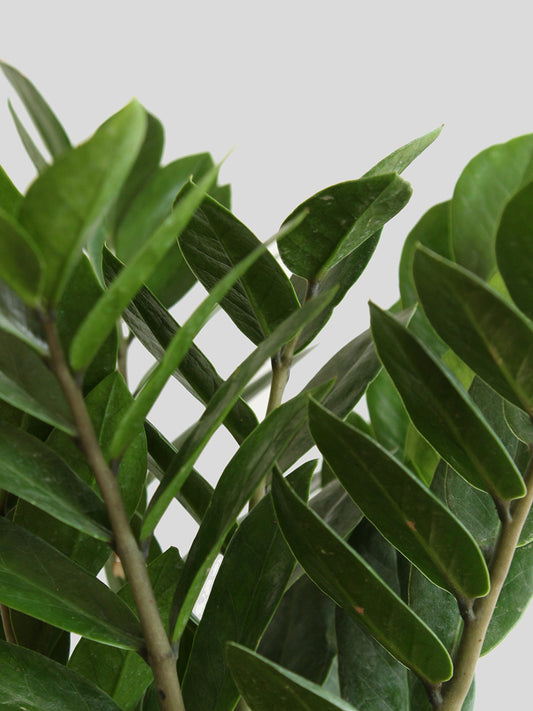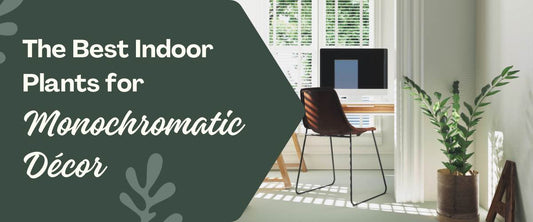9 Ways to Increase Humidity: How to Increase Humidity for Plants?
Your plants may be suffering in the winter due to a lack of humidity. Since most indoor plants are tropical, they benefit from humid conditions. Indeed, arid air may not always be ideal.
So how do I make my air surrounding plants humid? But before that, what is humidity, & why is humidity important for plants? And more importantly, how to increase humidity for plants.
Read on to learn about the importance of plant humidity for plant physiology, including 9 ways to increase humidity.
What is humidity?

Humidity is the amount of water vapor in the air. The ideal humidity range for humans is between 50 & 60%. Humidity levels above 70% can be uncomfortable for people.
For most growing plants, 60 to 70% humidity is ideal. Some plants that grow in the tropics can handle up to 90% humidity. Plants with thicker leaves, like cacti & succulents, can handle less humidity. Plants grow better with lower humidity—no more than 60% in the last few weeks & less than 50% during the flowering stage.
Also Check This: Indoor Plant Buying Guide: How to Choose the Best Indoor Plant
Why is humidity important for plants?

Plants benefit from humidity. Plants are unable to carry out essential functions in dry conditions. These processes include:
1. Transpiration & Stomatal Regulation:
One way plants release water vapor is through their leaves. This is called transpiration. The rate of humidity is directly linked to the rate of transpiration. As the humidity level rises, the air becomes more dense with water vapor, making it harder for plants to let the water out through their stomata. When the humidity is low, water is lost quickly through transpiration.
How Stomata Work: Stomata are tiny holes in leaves that open & close to control the flow of gases. When stomata are open, they let carbon dioxide into the plant for photosynthesis.
When they are closed, they let oxygen out. In dry weather, stomata open up & plants lose water. When the air is dry, plants close their stomata to keep water from escaping. This stops gas exchange, which slows down photosynthesis.
2. Photosynthesis:
Photosynthesis absorbs carbon dioxide when stomata are open, but excessive stomatal opening can cause water loss from the plant, which can dehydrate the mesophyll cells in leaves, where photosynthesis occurs. If these cells are dehydrated, all functions decrease, reducing photosynthetic rates & food production.
3. Cell Turgor Pressure:
Plant cells' water-based turgor pressure keeps them rigid. When evaporation exceeds uptake due to low humidity, turgor pressure drops, causing wilting & stunted growth.
4. Nutrient Uptake:
Plant roots absorb soil water & transport it to leaves in the xylem, forming a continuous water column. Using water, roots absorb nutrients from the soil solution & transport them up the plant to be transpired.
If the humidity is too low, plants may close their stomata, which stops them from absorbing more water. This means that the plant has less water to use, which means it can't absorb as many nutrients from the soil solution, & those nutrients can't get to all parts of the plant.
This is the most detrimental factor that might occur to a plant because it can't take up all the water & minerals it needs from the soil or move them around.
Also Check This: Ceramic vs. Terracotta Pots Best For Your Plants
Tips to Increase Humidity for Plants

1. Use the Misting Method:
Misting plants is easy. Just spray the leaves with water to create an even spray that covers the leaves. Do it often to keep the humidity high. To precisely sprinkle plants with water at the right pressure, a plant mister is an essential tool. Plus, some designs of plant misters are very pleasant & can also be used to decorate the space.
2. Use a pebble tray:
A pebble tray filled with leca, perlite, or gravel is an easy & effective way to grow plants in humid conditions. To do this, put pebbles in a plant tray or dish, add water, & then put the plant on top of them. Furthermore, try retaining water in different ways with different materials, such as LECA or perlite.
3. Put A Humidifier Near The Plants:
Choose a humidifier that is right for the room or plant area & place it there. Get a humidifier with settings that you can change to fit your plants' needs.
4. Grow Houseplants In Water:
One effective method for growing many houseplants is to use glass jars or vases to store water. Then, you may plant suitable plants, such as pothos or lucky bamboo, with roots that suspend in the water. This is one of the easiest systems to install & operate, & it can give the plants a steady supply of water—basically making it a self-watering system.
5. Use Wardian Case or Terrarium:
To keep plants moist without using too much water, put them in a small room with a glass lid on a terrarium or Wardian case. By keeping plants inside, the closed lids create an ideal growth environment.
6. Create A Greenhouse Cabinet For Plants:
Pick a grow tent with shelves or a glass cabinet to put plants in a greenhouse cabinet. Assemble your plants on the cabinet shelves. To create a controlled setting with more humidity, keep the cabinet closed. An attractive option for enclosing plants is a greenhouse cabinet.
7. Setting Up Plants in the Bathroom:
Put plants that do well in damp places, like those that can live in bathrooms, in places where the moist air from the shower will enhance the humidity. Furthermore, ensure that the bathroom plants get enough light.
Also check This: How to Decorate the Bathroom with Plants
8. Install Semi-Hydroponics System:
LECA—Lightweight Expanded Clay Aggregate—is essential for semi-hydroponics. You use the LECA by putting the green partner in the soilless material. Moreover, the LECA can pull the water up when it needs to, which makes the area around the plant more humid.
9. Grouping Plants Together:
Groups of plants produce a microclimate with increased humidity due to transpiration, the process by which plants lose water. In general, this makes the air around them more humid. Put plants together that need about the same amount of water for the best results.
Conclusion
Keeping the right humidity levels for your plants is essential for healthy growth. You can make a good setting for your plants by using the above-mentioned ways to increase plants' humidity. Use these strategies to achieve the right balance that encourages healthy plants & turns your home into a lush, calming oasis.






